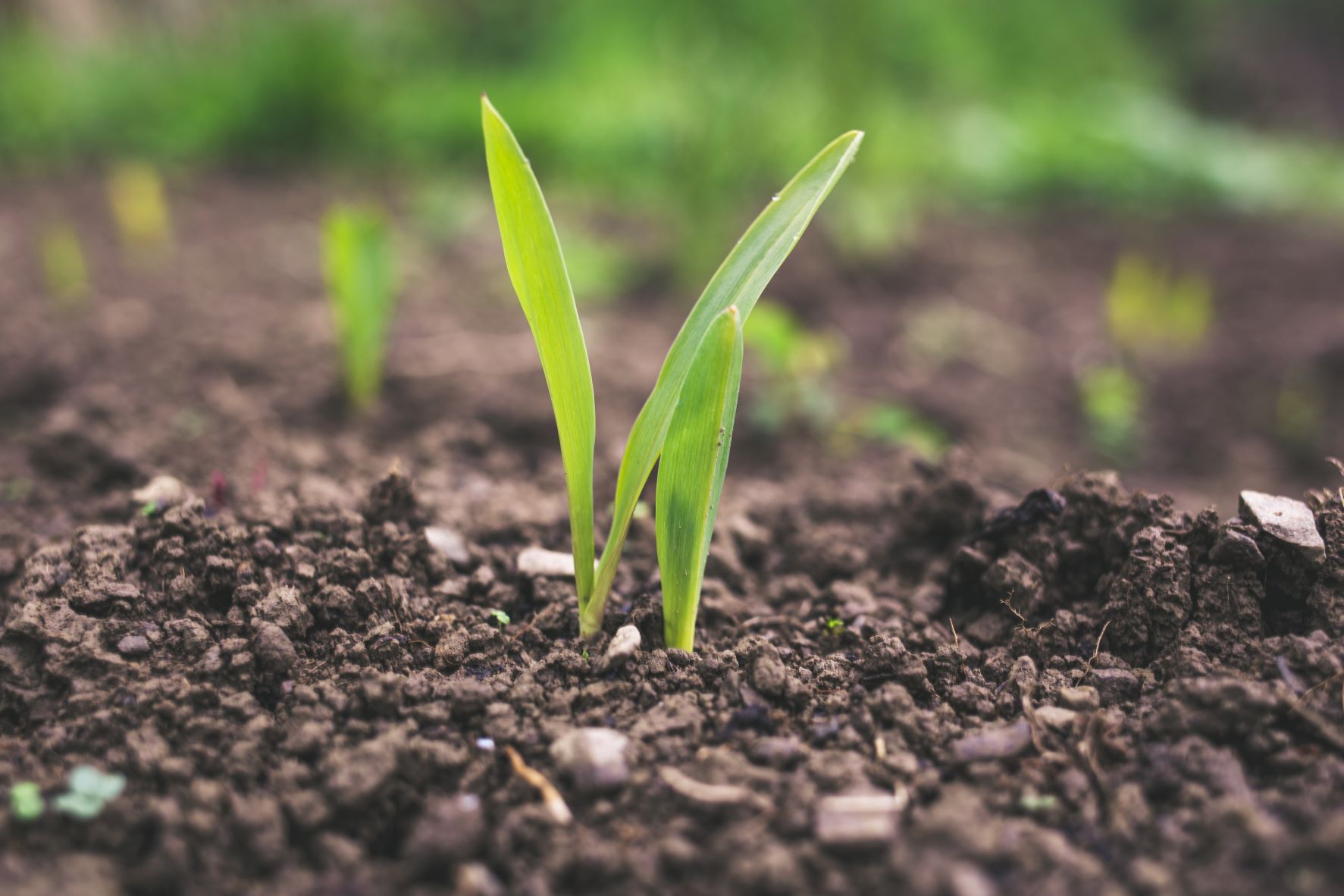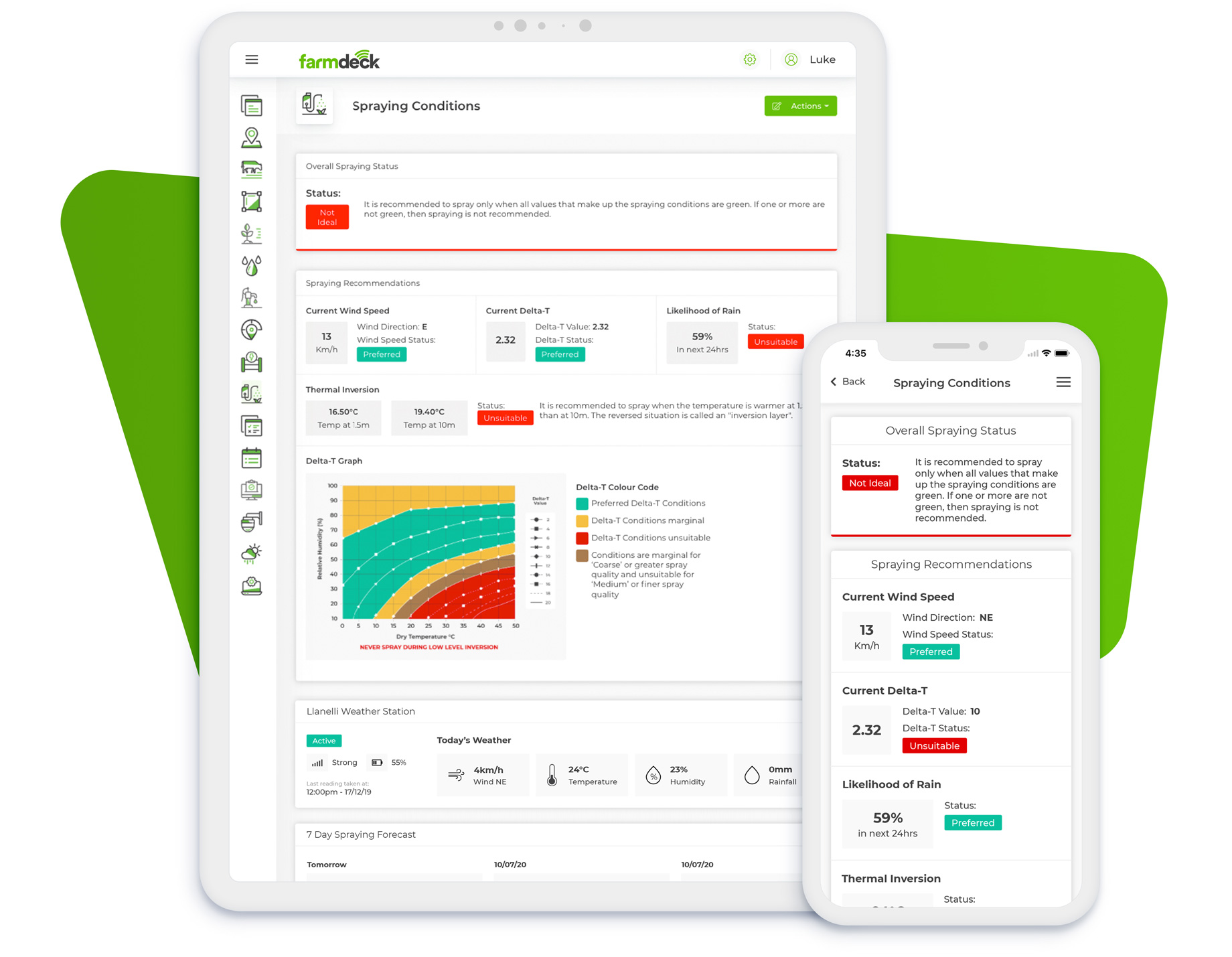Carbon farming practices improves more than just energy efficiency
Implementing environmentally friendly and eco-conscious farming practices are becoming the norm today, especially with greenhouse gas emissions rising steadily over the last few years worldwide. Increased focus has been put on creating farming practices that help reduce these emissions, such as carbon farming. The International intergovernmental forecaster, the International Energy Agency (IEA) says that emissions are set to increase by almost 5% this year globally, which is the largest increase since 2010 and “the second largest increase in history”. In Australia, it was reported that emissions fell over the last year, although it can be attributed to the pandemic which has restricted air travel. Agriculture is responsible for 13% of Australia’s greenhouse gas emissions each year.
Through simple and practical steps, the agriculture sector can take matters into their own hands and do their part in reducing carbon emissions. But just what is carbon farming and how can it help reduce emissions? The Queensland Government explains that carbon farming essentially helps to reduce excess carbon dioxide through reabsorption by plant life and soil. Through good farm management practices, farmers can not only improve air quality and quality of their soil, but also their operations’ energy efficiency and as a result, their profitability.
Carbon farming practices
Going hand-in-hand with the practices of regenerative farming, carbon farming practices include:

- No till farming
This is where seeds are planted into soil that has not yet been tilled (and won’t be tilled). The soil will still have previous crop residue on, which means that it will have retained organic matter, nutrients, water and carbon. This leads to a healthier soil structure, which in turn, produces healthier, and more nutrient-dense crops.
- Cover cropping
Planted to cover the soil, rather than for harvesting, cover cropping involves growing plants between crops to manage soil erosion and control pests while improving soil fertility and health.
- Livestock Rotation
This is also known as rotational grazing, where livestock is moved between a series of pastures to allow plant life to recover and deepen their root systems when not being grazed upon.
- Compost
By adding compost to your soil, you can help improve the organic matter such as nutrients and soil structure that is lost during daily farming operations as well as aid in storing carbon below the surface, which decreases greenhouse gas emissions.

Emissions Reduction Fund
Did you know that The Emissions Reduction Fund (ERF) incentivises Australian businesses to cut the amount of greenhouse gases they create, including the agricultural industry? They also incentivise activities that store carbon.
By participating in the ERF, you receive Australian Carbon Credit Units (ACCUs) for every tonne of emissions reduced or stored. You can sell these back to the Australian government through an auction, and/or to other businesses to generate a profit.
You can read more about it below, or check the eligibility requirements.

Streamline your farm's operations
Want to know how we can make your day-to-day farming operations simpler, easier and more streamlined?
Visit our features page to view our Internet of Things (IoT) solutions or get in touch with us and let us work together to create a customised solution to meet your unique requirements, whether you want an all-in-one complete solution or just to focus on certain areas of your farm – like streamlining the spraying of your land.
